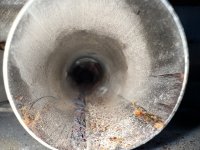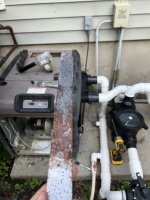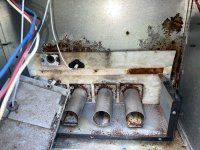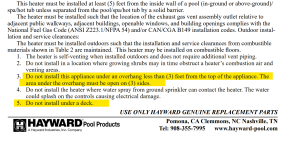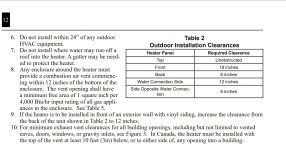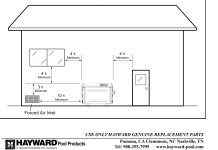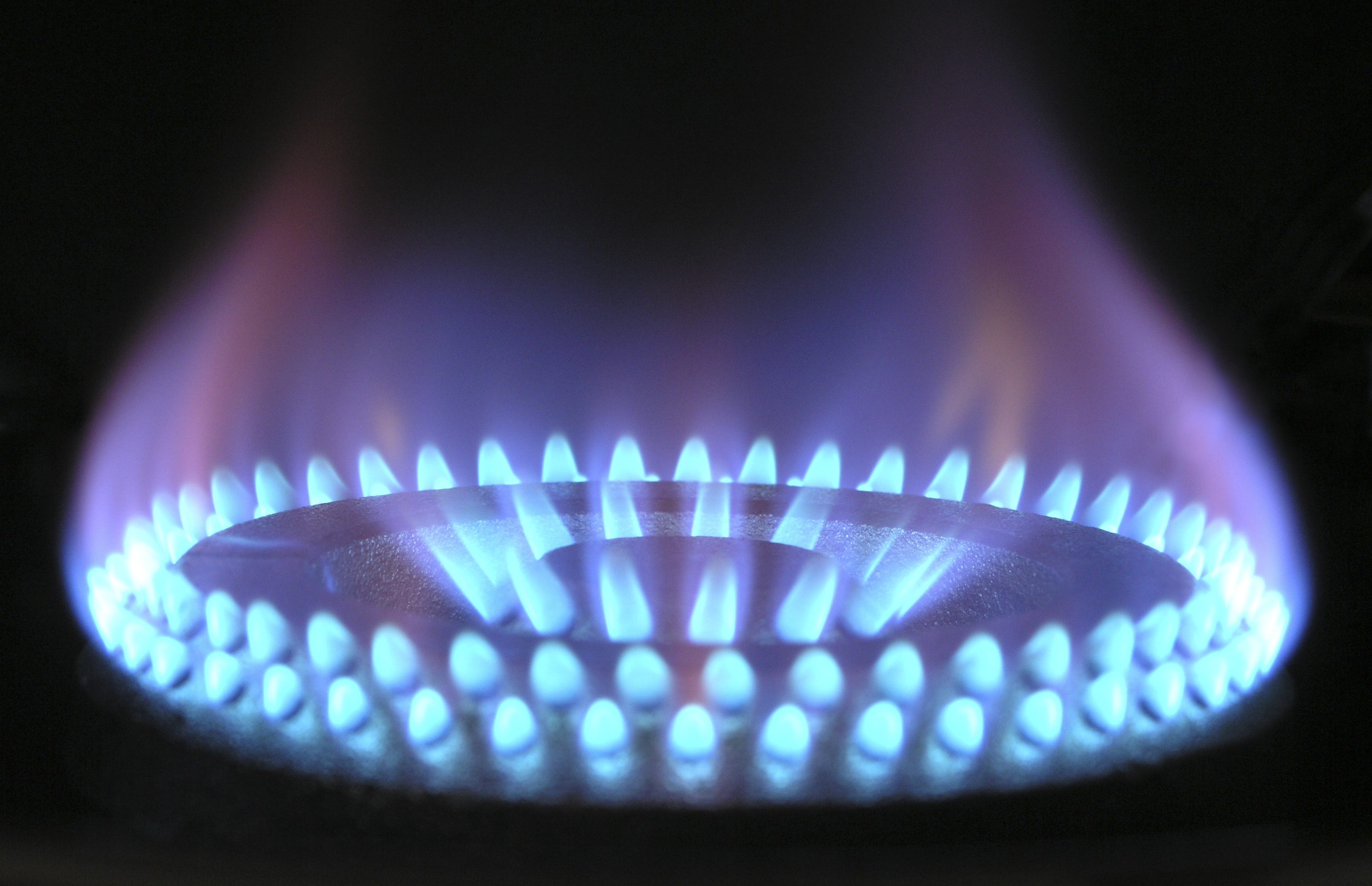Hello,
I have a Hayward H200 natural gas heater we have had for 8 years and my family and I almost lost our life last month as the heater started to emit high levels CO into our home out of the blue. Luckily our CO detector functioned as it should and alerted us. The levels reached 150 ppm.
The heater is working and heating the pool and no error code so I was told the most likely cause of the issue was clogged oriface however when I checked they were clear but the burner tubes were full of soot (pictures attached) which leads me to believe it may be a gas flow issue cause if this? I just changed the heat exchange a few years ago and the pool is not leaking at all so I don’t think that’s the issue but I just don’t know what to do. Anyone ever have this happen? Could it be the valve needs adjustment or maybe a new valve all together? Does these even come unadjusted or fail sometimes? Any help would be great!
I have a Hayward H200 natural gas heater we have had for 8 years and my family and I almost lost our life last month as the heater started to emit high levels CO into our home out of the blue. Luckily our CO detector functioned as it should and alerted us. The levels reached 150 ppm.
The heater is working and heating the pool and no error code so I was told the most likely cause of the issue was clogged oriface however when I checked they were clear but the burner tubes were full of soot (pictures attached) which leads me to believe it may be a gas flow issue cause if this? I just changed the heat exchange a few years ago and the pool is not leaking at all so I don’t think that’s the issue but I just don’t know what to do. Anyone ever have this happen? Could it be the valve needs adjustment or maybe a new valve all together? Does these even come unadjusted or fail sometimes? Any help would be great!


